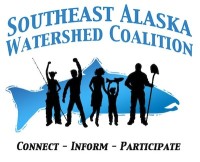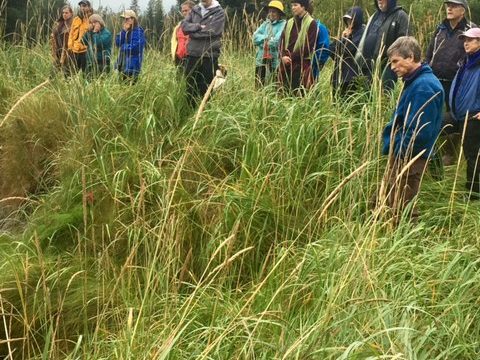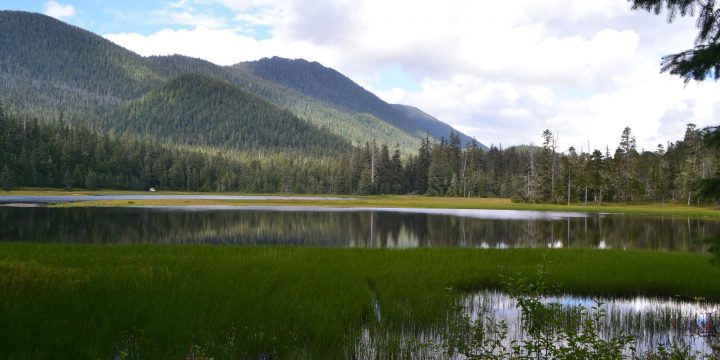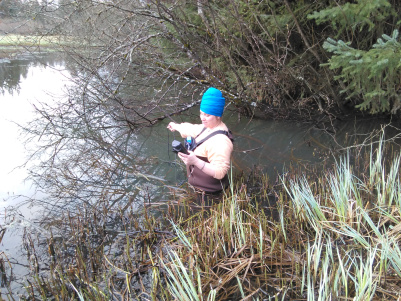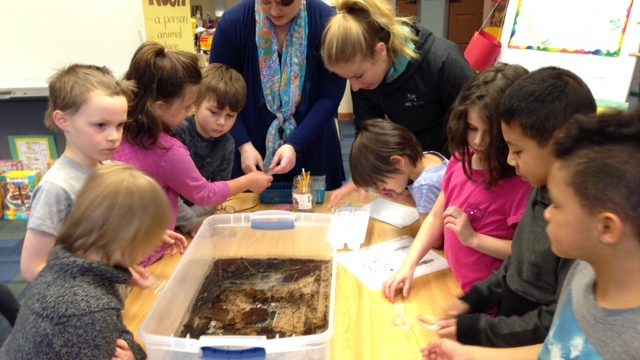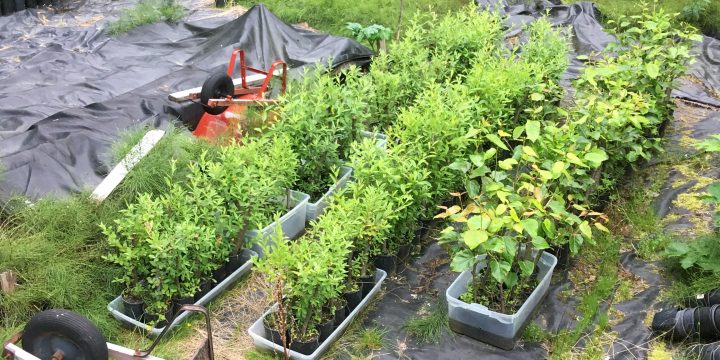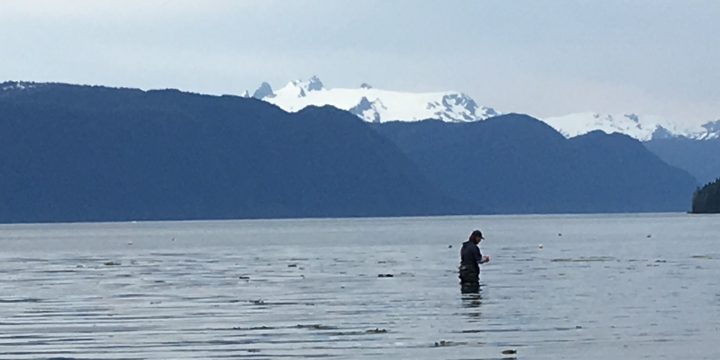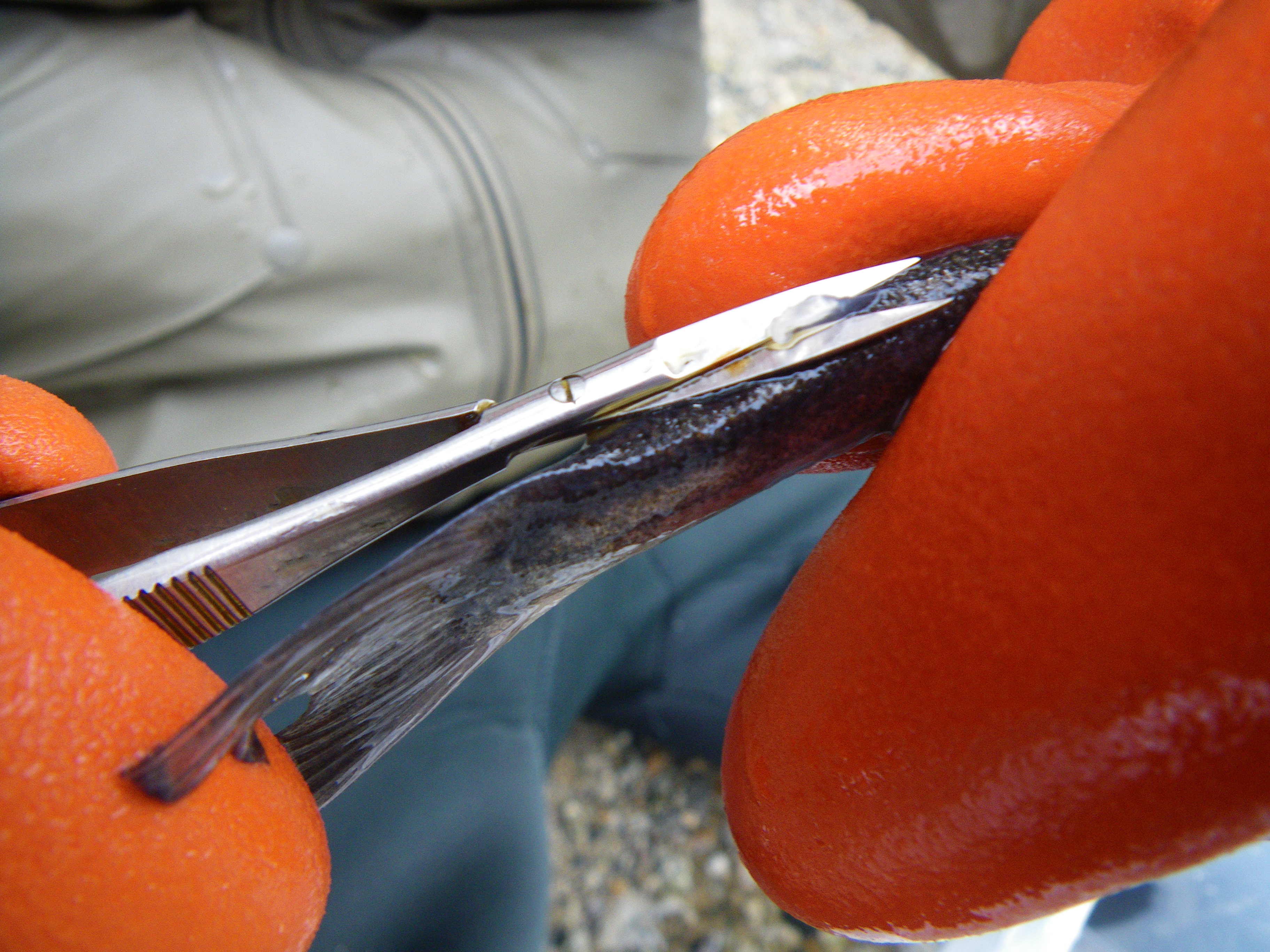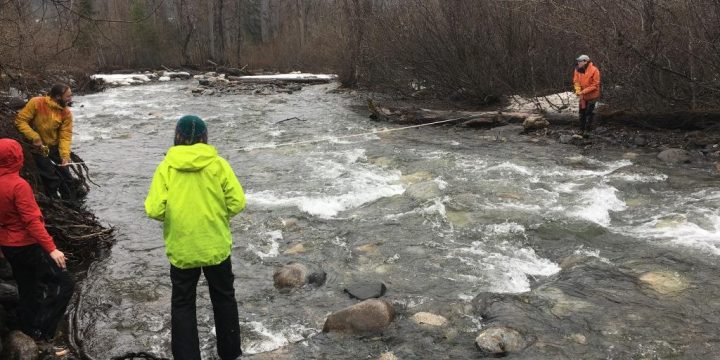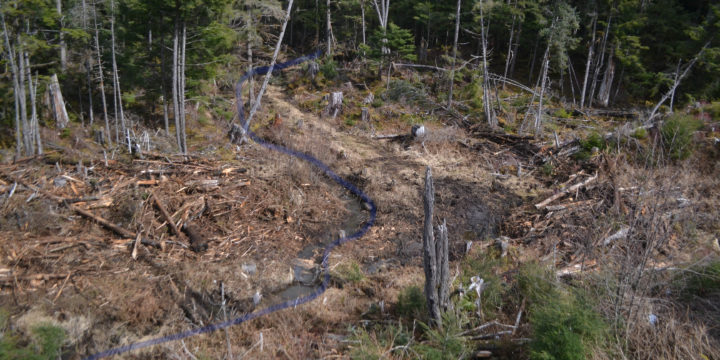
Restoring Fish Habitat on a Tributary of Pat’s Creek
Before: Introducing the project At the end of March, SAWC completed on the ground restoration work on a small tributary that feeds into the Pat’s Creek watershed near Wrangell, AK. This tributary had been damaged and blocked off in areas as a result of previous logging operations at the site. The goal of this project is to return the stream to its natural condition prior to logging, allowing for fish passage and sustaining habitat for fish species. Here's an overview of the project site before restoration took place (photograph taken from the Zimovia Hwy bridge): The blue line shows roughly where the stream channel lies beneath piles of slash, sod, and a discarded puncheon trail. This stream crosses under a log stringer bridge from an old road (the black line),…

